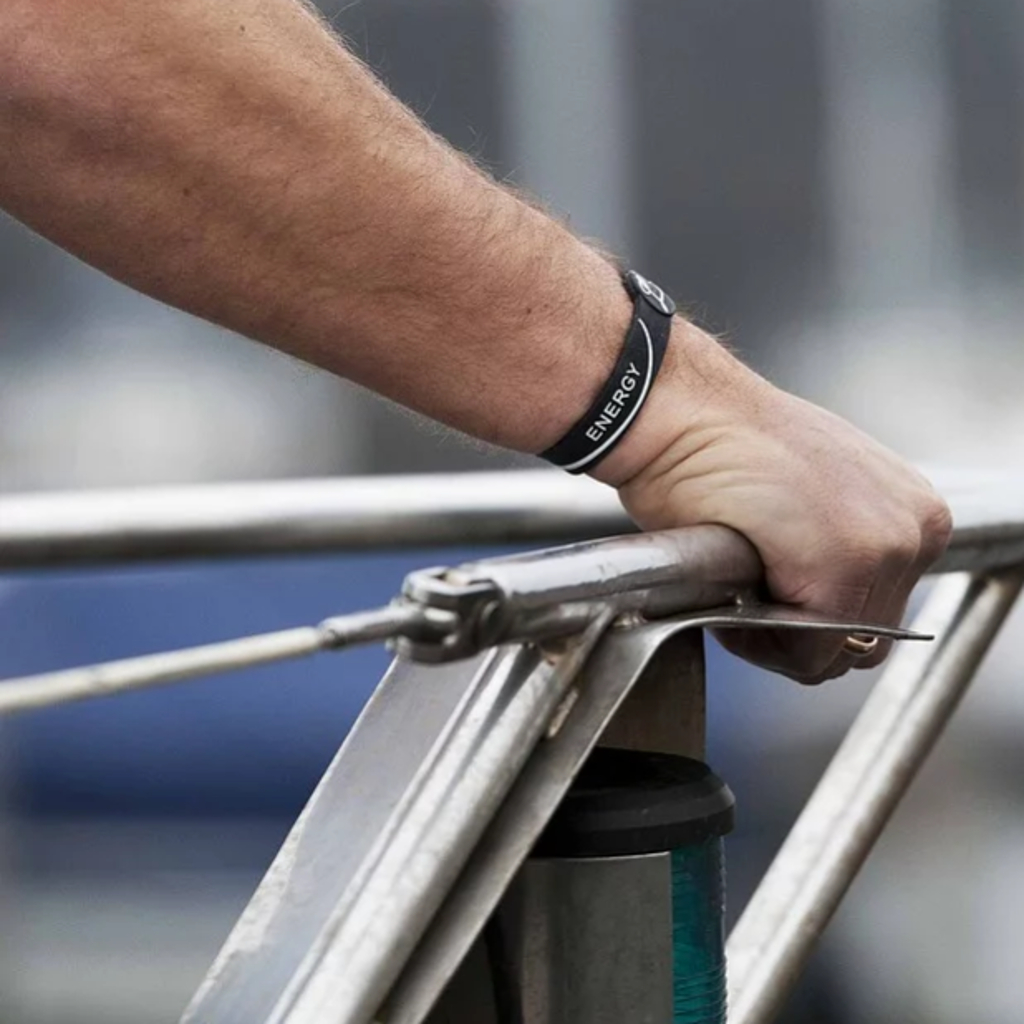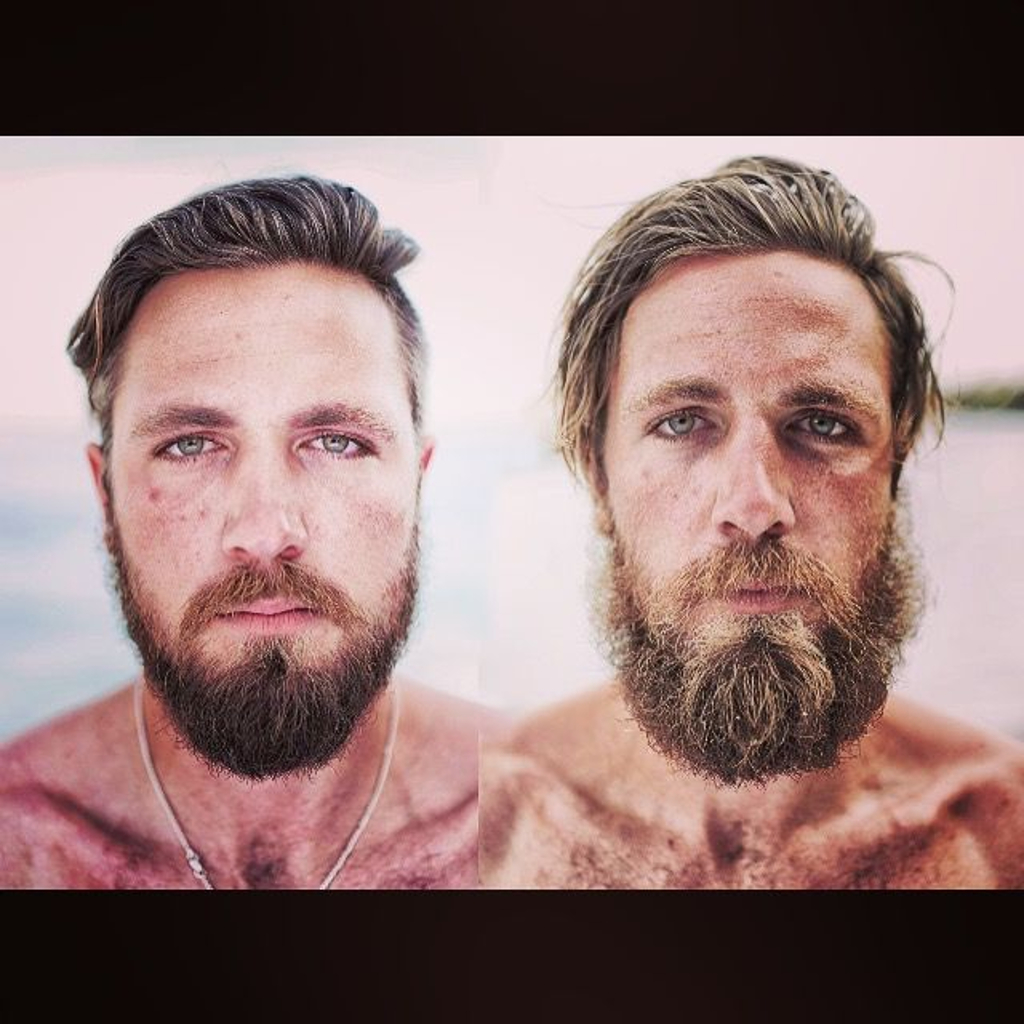The Challenge
While a large amount of the journey from Paris to Pittsburgh will be covered on land, the most difficult part of the expedition revolves around crossing the Atlantic Ocean by rowing boat. Some of the biggest challenges that Julen has had to to overcome are:

Weather conditions
Rowing across an ocean is highly dependent on weather conditions such as wind direction, wind speed, thunderstorms and currents. In order to avoid being blown onto the Morrocan coast, it was imperative to find the perfect weather window and to leave when winds allowed me to gain enough distance from the coast and approach the trade wind routes, which helped me approach the Carribean and North America. As wind conditions can change on a daily base, I was in daily contact with a weather expert who advised me on the best route strategy to avoid Atlantic storms, unfavorable wind conditions and unfavorable currents. As an ocean rower you are exposed to the elements 24/7 and it is close to impossible to avoid upcoming weather systems, so I had to deal with whatever conditions I got. Sometimes that meant having headwinds for multiple days and deploying a sea anchor to avoid backwards drift, while other times I was able to row with the winds and swell and even surf down waves and hit speeds of up to 14 kts.
Weight Loss
Rowing for 13 to 15 hours a day burns a very high amount of calories each day, in fact around 8000 kcal. Ocean Rowers are typically not able to consume more than 6000 kcal per day, which can result in quite dramatic weight losses over the course of their expeditions. Due to the large distance between Portugal and the US and the fact that I rowed solo, I lost between 10 to 25 Kilograms of bodyweight during the crossing. In order to prevent a very extreme loss of body weight and muscle mass, I had to be very mindful about the calories I burned each day (as even sleeping in an ocean rowing boat can burn hundreds of calories due to the fact that the boat is constantly rocking due to the swell). One of the biggest challenges for me was therefore to eat all my meals each day, while at the same time burning as few calories as possible while still making as much progress as possible.


Seasickness
Seasickness is commonly and predominantly experienced in the first week of the expedition and makes it hard for the rower to be hydrated as well as eating an appropriate amount of food. In some cases, seasickness can also become chronic and therefore be a serious threat to the successful completion of the project. While the task or rowing all day each day is already incredibly challenging in itself, being sea-sick can make this task even much more difficult.
Luckily, I did not experience any seasickness at all during my Atlantic crossing.
Waves
Waves in the Atlantic can be large; very large, in fact. Some storms can produce swells that can reach up to 8 meters in height and lead to occasional capsizes of the ocean rowing boat, which is designed to self-right any time this happens. Capsizes can be dangerous both when the rower is in his cabin or out on deck, because he can injure himself while turning in the cabin or while being washed over board. Because capsizes are technically always possible, I had to be connected to my boat at all times with a life-line so that being washed over board would not lead to me being separated from my boat, which would obviously be the worst case scenario.


Sleep Deprivation
Rowing for up to 18 hours per day is not only physically exhausting, it also allows for very little sleep. On top of that, sleeping on an ocean rowing boat can be difficult due to the constant movement of the boat and some rowers have reported hallucinations as a result. In such a state of physical and mental fatigue, the rower has to make sure not to engage in any risky behavior and to make informed decisions regardless of mental exhaustion or sleep deprivation.
Physical Strain
Rowing 5000 Nautical Miles across the ocean requires up to 2.5 Million oar strokes or more. The risk of injury and physical exhaustion is therefore very real. While the physical preparation for the row may prepare the body to some extent for the physical task at hand, being out on the ocean for multiple months is still a situation which is difficult to simulate and prepare for. Ocean rowers typically report aching body parts, blisters, salt sores and the sensation of being constantly wet.


The Mental Challenge: Isolation & Monotony
While the journey has been an unprecedented physical challenge, the mental difficulty of the expedition outweighed the physical hardship. I was all by myself for the entirety of the row and sometimes I did not encounter another ship for up to 24 days in a row. My only means of contact to human beings was my satellite phone through which I could make voice calls – however, my satellite phone broke down right in the middle of the ocean, so that I had no connection to land for 68 days. What is special about an ocean row is also that there is no way to stop and take a break when you are out on the ocean. It is either going all the way or calling for a rescue. On my rowing boat I was exposed to the elements 24/7. Potentially the biggest challenge is to be able to deal with being by yourself, not having anyone to talk to and managing the strain of monotony each day.
Facing these challenges has been the best and most life-changing thing I have ever undertaken.

